Creating a Winter-Ready Sleep Environment: Comprehensive Strategies for Restful Nights
The arrival of winter brings a unique set of challenges to achieving restful sleep. Shorter days and colder nights can disrupt our natural sleep patterns, making it crucial to adapt our sleep environment accordingly.
This extensive guide offers detailed strategies for optimizing your bedroom for the winter season, focusing on enhancing comfort, warmth, and overall sleep quality.
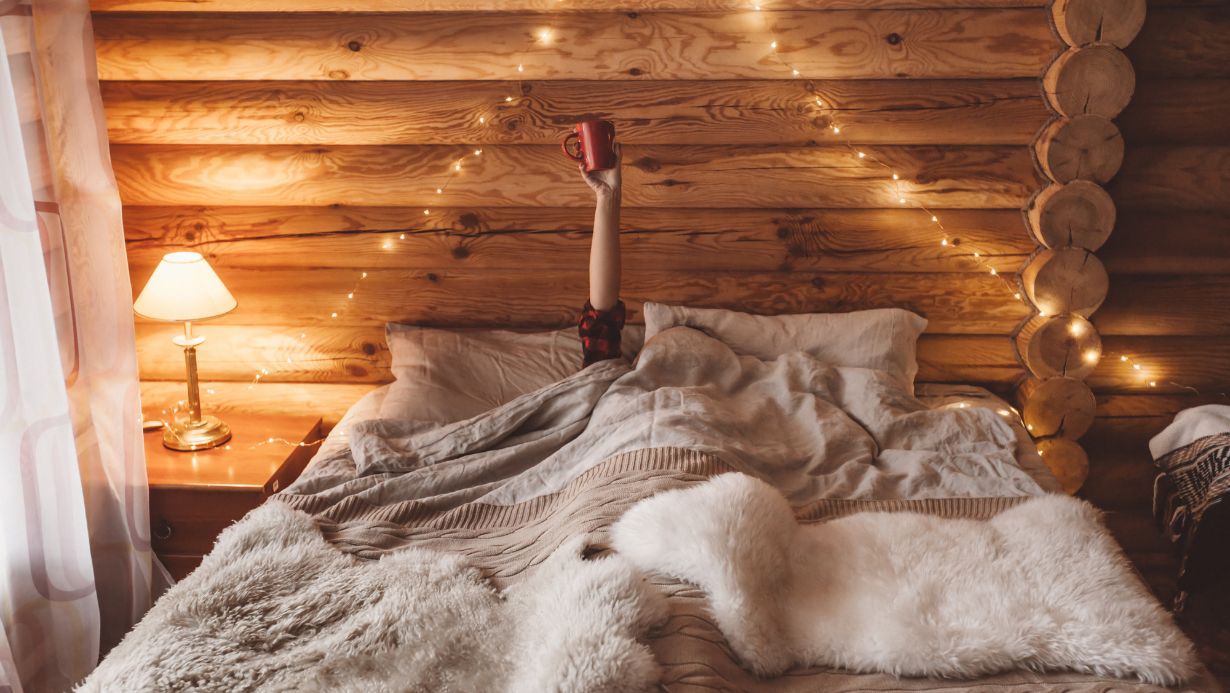
1. Optimizing Light and Noise Conditions
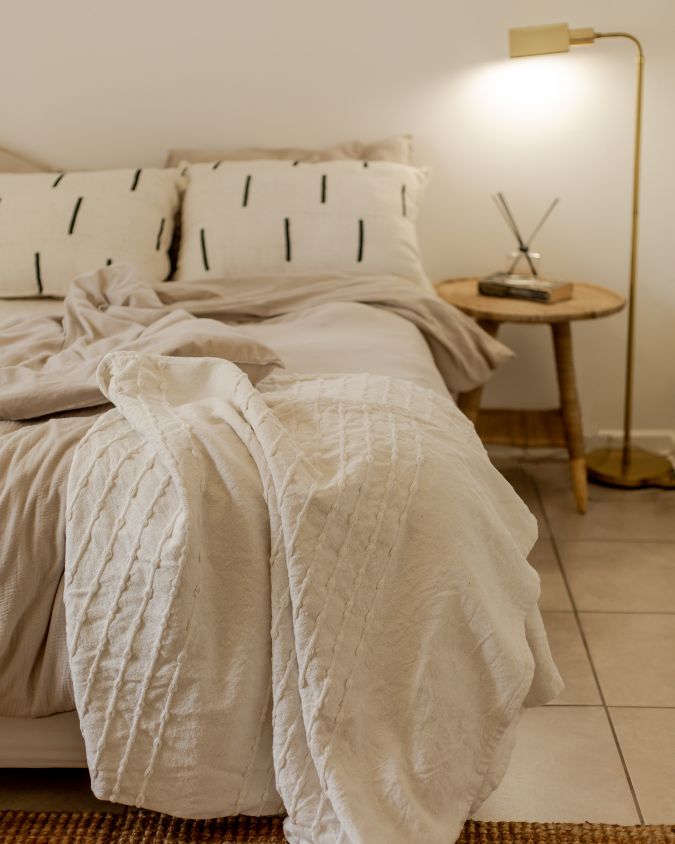
governs our sleep-wake cycle. With shorter daylight hours in winter, it's essential to manage light exposure to maintain this natural rhythm.
Blackout curtains can play a pivotal role in creating the ideal dark environment conducive to sleep. They block out street lights and early morning light, providing an uninterrupted sleep experience.
Conversely, maximizing exposure to natural light during the day is equally important. It helps align your internal clock with the natural day-night cycle, which is crucial for maintaining consistent sleep patterns.
Noise can significantly impact sleep quality. Winter's howling winds and stormy nights can be disruptive.
Using earplugs or a white noise machine can help create a consistent sound environment, masking external disturbances.
The gentle hum of a white noise machine can provide a soothing backdrop for sleep, creating a sense of calm and consistency.
2. Cozy Bedding for Warmth and Comfort
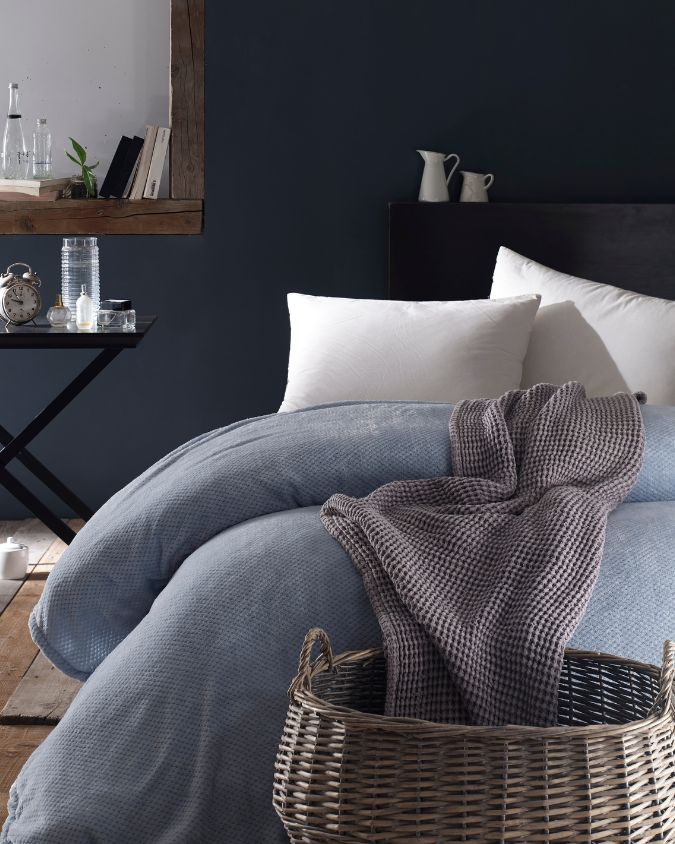
Selecting the right bedding is crucial for winter. Materials like flannel are ideal for colder months due to their warmth and softness.
Heated blankets are another excellent addition, offering personalized warmth and comfort. They come with adjustable settings, allowing you to find the perfect temperature for your needs.
Pillows also play a key role in sleep comfort. Choosing the right pillow can support proper neck alignment and prevent discomfort. Memory foam or down alternatives are popular choices, offering both support and warmth.
Beyond the functional aspects, the aesthetic appeal of your bedding also matters. Choosing colors and patterns that you find soothing and appealing can make your bed feel more inviting, enhancing your overall sleep experience.
3. Maintaining Ideal Room Temperature

The temperature of your bedroom is a critical factor in sleep quality. While the ideal range varies slightly from person to person, keeping your bedroom around 18-25 degrees Celsius is generally recommended. This temperature range helps the body relax and fall into a deeper sleep.
In addition to the thermostat setting, consider the humidity level in your room. Winter air can be dry, leading to discomfort and respiratory issues.
A humidifier can add necessary moisture to the air, creating a more comfortable sleep environment. It's important to find a balance in humidity that prevents the air from becoming too dry or too moist, as both extremes can disrupt sleep.
4. Leveraging Home Decor

The design and decor of your bedroom can greatly influence your sleep. Warm, soothing colors and soft, comfortable textures can transform your bedroom into a tranquil oasis.
Consider adding elements like plush rugs, soft throw blankets, and comfortable pillows to enhance the coziness of the room.
Lighting also plays a significant role. Soft, warm lighting can create a calming atmosphere, making it easier to unwind and prepare for sleep. Dimmer switches are a great addition, allowing you to adjust the brightness to a comfortable level as bedtime approaches.
5. Practicing Good Sleep Hygiene
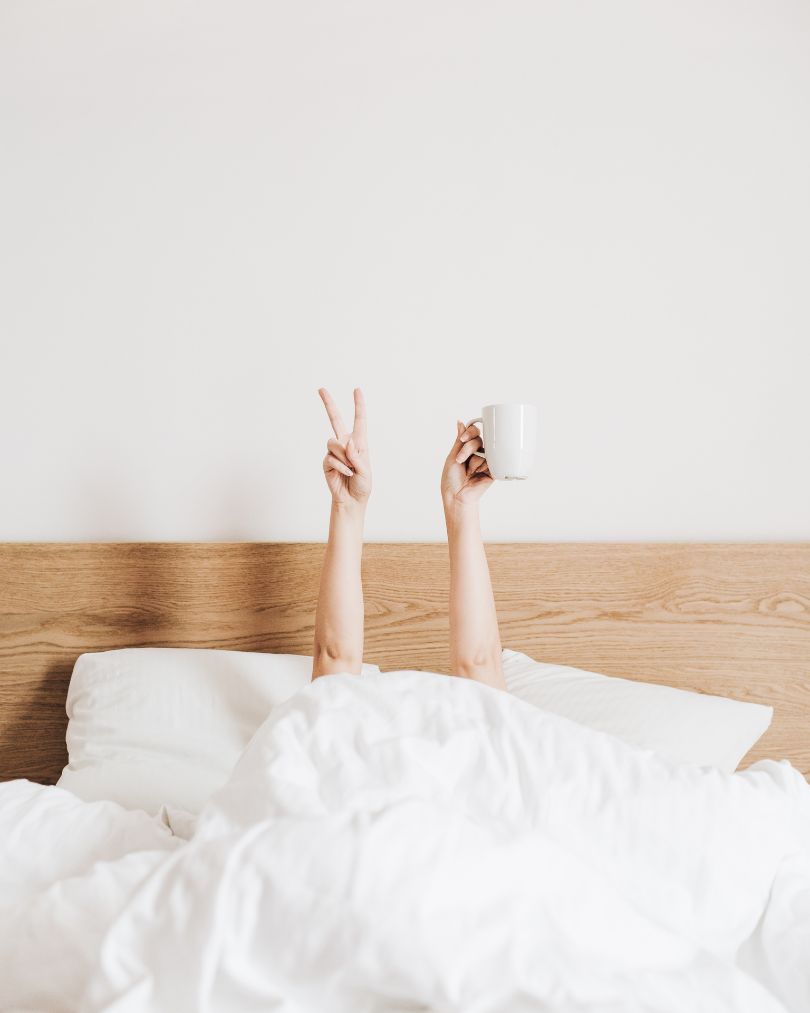
Good sleep hygiene is crucial for quality rest, especially during winter. This includes maintaining a consistent sleep schedule, ensuring that your bedroom is used primarily for sleeping and avoiding stimulating activities before bed.
A pre-sleep routine can be particularly beneficial. Activities like reading, gentle stretching, or a warm bath can signal your body that it's time to wind down. Avoiding caffeine and electronic devices in the evening is also important, as these can disrupt your body's natural sleep mechanisms.
6. Maximizing Natural Light Exposure

Exposure to natural light is a key factor in regulating our sleep patterns. In winter, when daylight hours are limited, making an effort to spend time outdoors or in well-lit areas during the day can help maintain a healthy sleep-wake cycle.
This natural light exposure helps reinforce your body's internal clock, ensuring better sleep quality at night.
If getting outside isn't feasible, consider using light therapy lamps. These devices mimic natural sunlight and can be particularly useful during the shorter days of winter, helping to counteract the effects of reduced daylight exposure.
7. Utilizing Aromatherapy

Aromatherapy with essential oils can be a valuable addition to your sleep routine. Scents like lavender, chamomile, and sandalwood are known for their relaxing properties.
Using a diffuser or applying these oils before bed can help calm the mind and body, setting the stage for a restful night's sleep.
The benefits of aromatherapy go beyond just the pleasant scents. Engaging the sense of smell can create a ritual that signals your body that it's time to relax and prepare for sleep. This psychological aspect can be just as important as the physical benefits.
8. Choosing the Right Pillows and Bedding
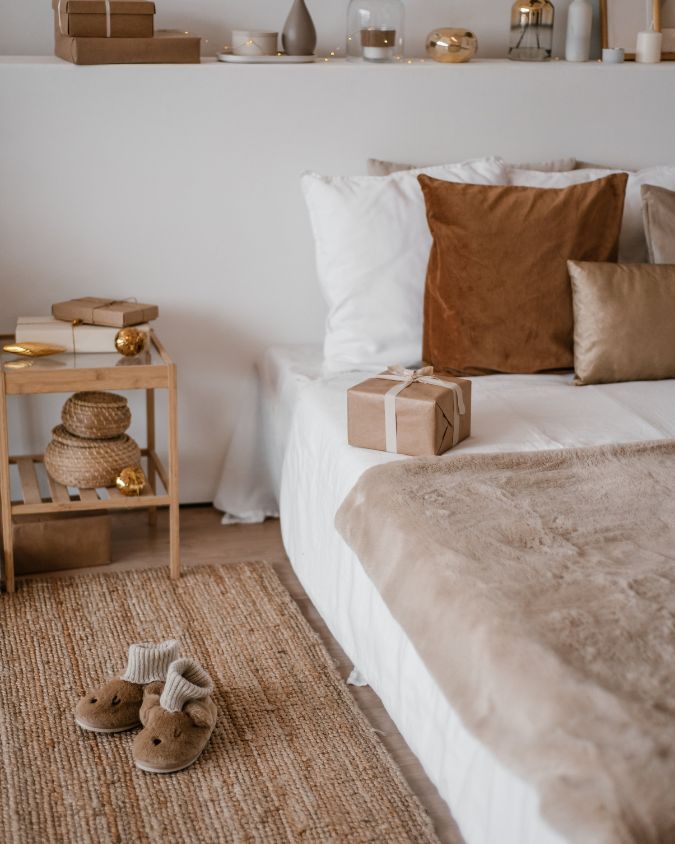
Selecting the right materials for your pillows and bedding can greatly impact your comfort during sleep. Breathable materials that allow for good airflow are ideal, as they help regulate body temperature throughout the night.
Memory foam pillows can offer support while also retaining warmth, making them a great choice for winter.
When choosing bedding, consider both functionality and personal preference. The fabric's feel, the blankets' weight, and even the design can contribute to how inviting and comfortable your bed feels.
Experimenting with different combinations of sheets, blankets, and comforters can help you find the perfect setup for your needs.
9. Creating a Calming Bedroom Atmosphere

The overall atmosphere of your bedroom plays a crucial role in sleep quality. Creating a space that feels safe, peaceful, and comfortable is key.
This might include adding personal touches like photos, artwork, or items with special meaning. The goal is to create a space that feels uniquely yours, a sanctuary where you can relax and escape the stresses of the day.
Incorporating elements like indoor plants or soft music can also enhance the ambiance of your bedroom. Plants not only add a touch of nature but also help purify the air.
Gentle, soothing music can create a relaxing background that helps ease the mind into a state of rest.
10. Addressing Individual Needs and Preferences
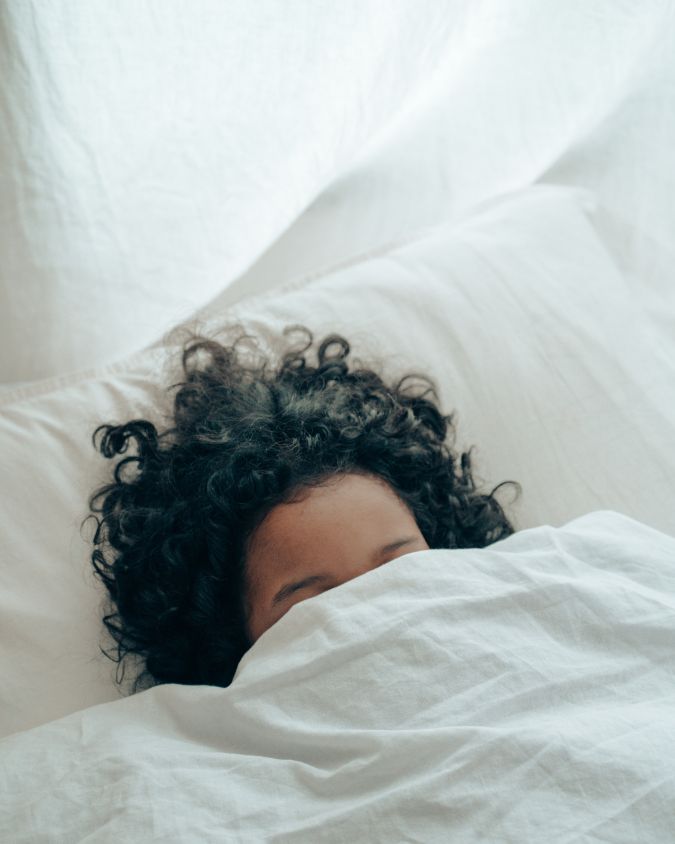
Each person's ideal sleep environment is unique. What works for one person may not work for another. It's important to consider your individual needs and preferences when creating your winter sleep environment.
This might include factors like the firmness of your mattress, the type of pillow you use, or even the color scheme of your room.
Experiment with different settings and arrangements to find what works best for you. Pay attention to how changes in your sleep environment affect your sleep quality and make adjustments accordingly.
The goal is to create a space that caters to your specific needs, ensuring a restful and rejuvenating night's sleep.
Conclusion
Adapting your bedroom for winter involves a thoughtful combination of the right bedding, room temperature, decor, and sleep hygiene practices.
By paying attention to these elements and tailoring them to your personal needs, you can create a winter-ready sleep environment that promotes restful, rejuvenating sleep.
Remember, a well-prepared bedroom is a key ingredient in achieving quality rest during the colder months.
Share this post


